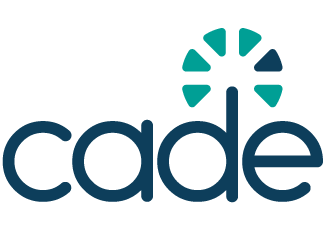The European Telecommunications Standards Institute issues a statement on EU’s new single market strategy
The European Telecommunications Standards Institute endorses harmonised standards as backbone of single market regulation.

The European Telecommunications Standards Institute (ETSI) published its first official statement addressing the European Commission’s newly presented Single Market Strategy. The strategy, issued under the title ‘The Single Market: our European home market in an uncertain world‘ (COM(2025)500), was accompanied by an Omnibus proposal targeting digitalisation and the alignment of common specifications. This proposal introduces the option for industries to demonstrate legal compliance using common specifications when harmonised standards are not available.
ETSI expressed appreciation for the Commission’s continued efforts to strengthen the European Single Market and acknowledged the crucial role of standardisation in supporting EU regulatory and policy objectives. ETSI reaffirmed its commitment to providing a transparent and inclusive framework for standard development, while also offering its support in improving the efficiency of standardisation processes in a fast-changing technological landscape.
A key point in ETSI’s statement is its reaffirmation of the New Legislative Framework (NLF), which supports an industry-driven, consensus-based model that includes all stakeholders. ETSI warned that greater reliance on common specifications in place of harmonised standards could undermine the effectiveness of the NLF, and should be reserved for narrowly defined, exceptional situations, such as when Standardisation Requests are declined.
ETSI also addressed concerns about how common specifications are to be developed. It noted the lack of clarity from the Commission on how such specifications would ensure inclusiveness, transparency, and broad industry acceptance. The organisation argued that bypassing the established European Standardisation Organisations (ESOs) could undermine the quality and legitimacy of technical documents used to support EU legislation.
Furthermore, ETSI highlighted several practical challenges:
- The risk that common specifications might discourage voluntary stakeholder engagement in harmonised standards.
- Potential delays and inconsistencies due to mismatched expectations between the Commission and ESOs.
- The possible exclusion of smaller or less influential stakeholders in faster, less inclusive processes.
ETSI stressed that the majority of its harmonised standards are developed voluntarily and remain freely available online. It also noted that in key technological areas like 5G and 6G, it does not foresee immediate disruption to its activities and continues to be a global leader through initiatives such as the 3rd Generation Partnership Project (3GPP).
Finally, ETSI proposed alternative solutions, including greater use of Technical Specifications, which can be produced more rapidly and are already widely accepted in the digital and ICT sectors. The institute expressed its readiness to work closely with the European Commission to safeguard the integrity and effectiveness of the European standardisation system.


